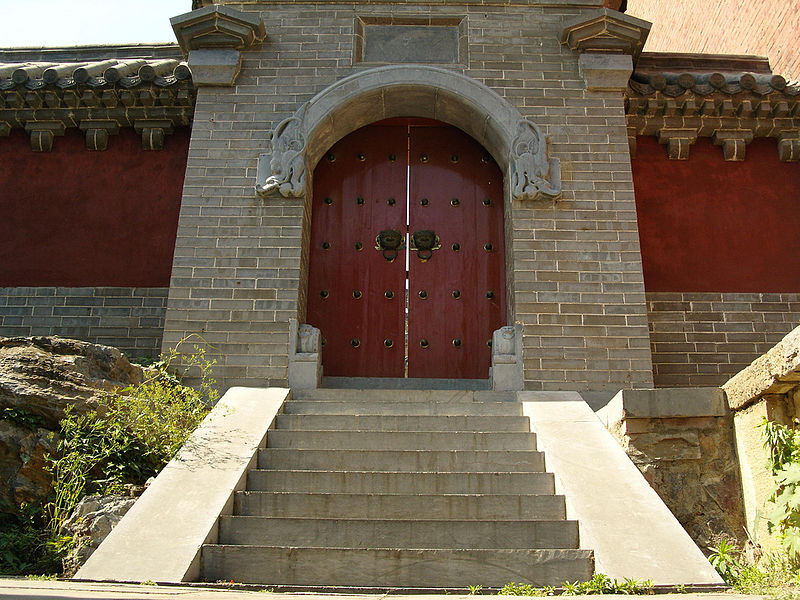





 |
 |
 |
 |
 |
 |
|---|---|---|---|---|---|
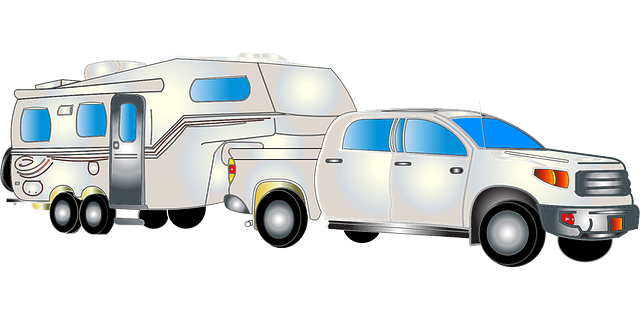 |
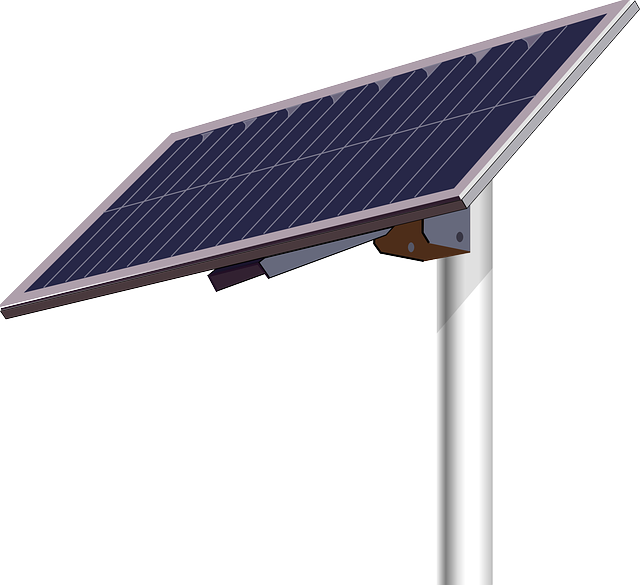 |
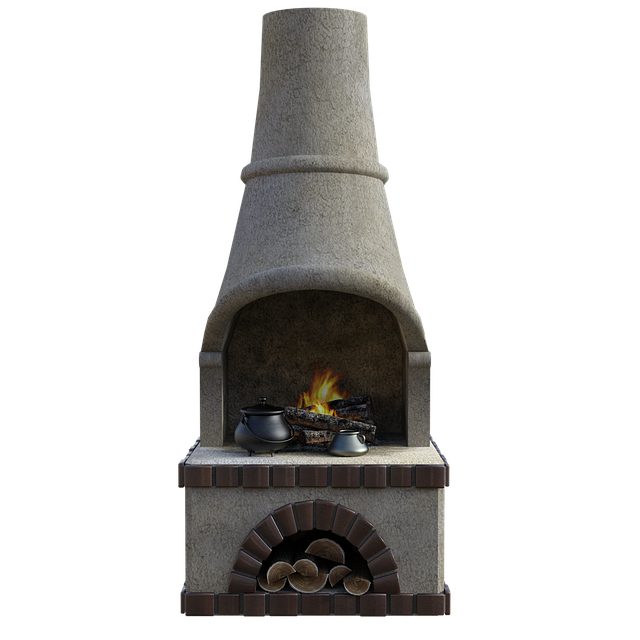 |
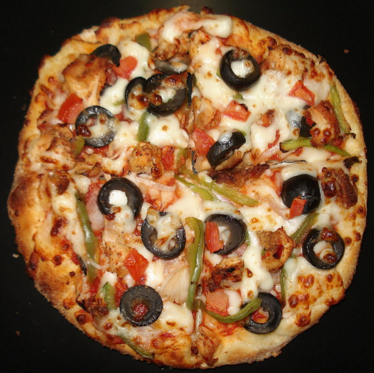 |
 |
 |
 |
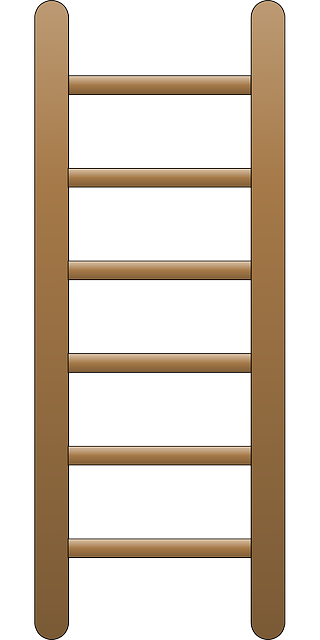 |
|---|---|---|---|---|---|---|---|
 |
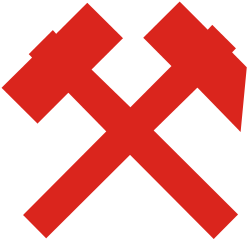 |
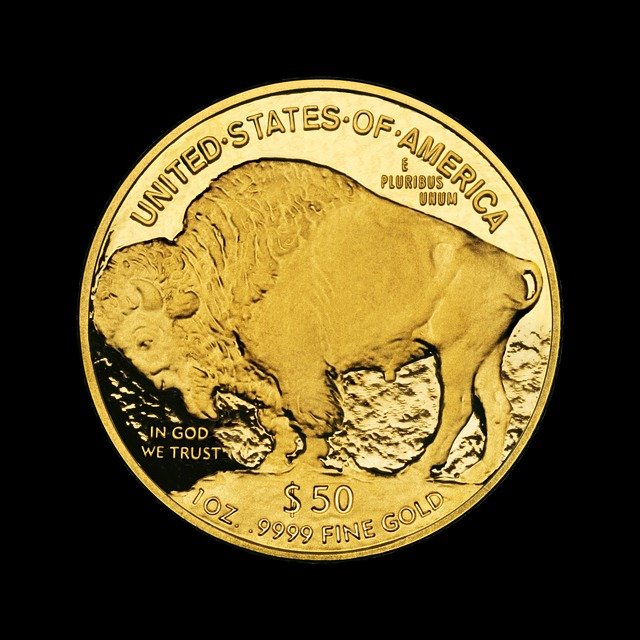 |
|||
|---|---|---|---|---|---|
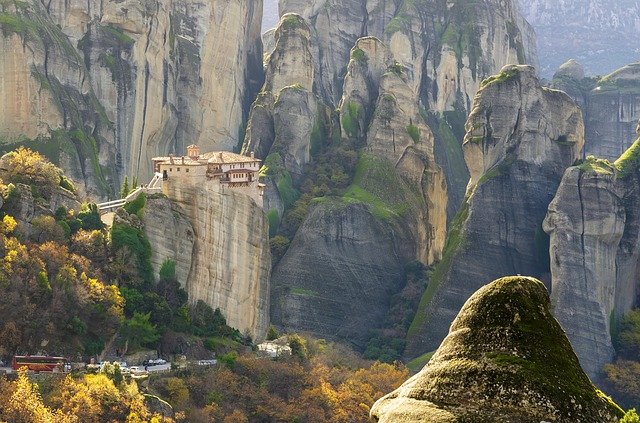 |
 |
 |
|---|---|---|
You can build a supervillain fortress for a mere 100,000 dollars.
A supervillain fortress includes things like:
 |
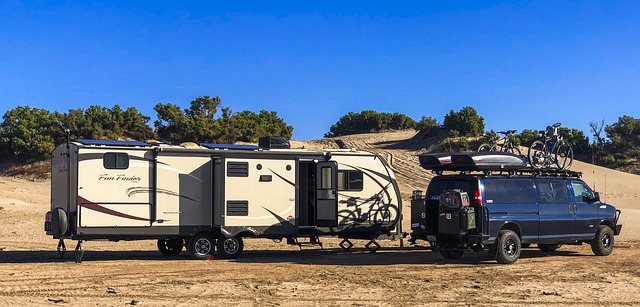 |
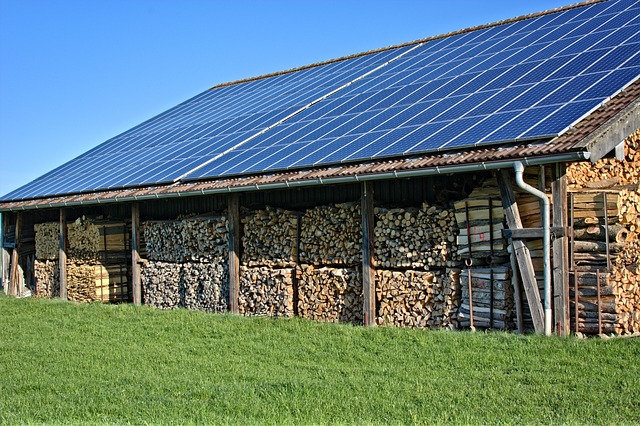 |
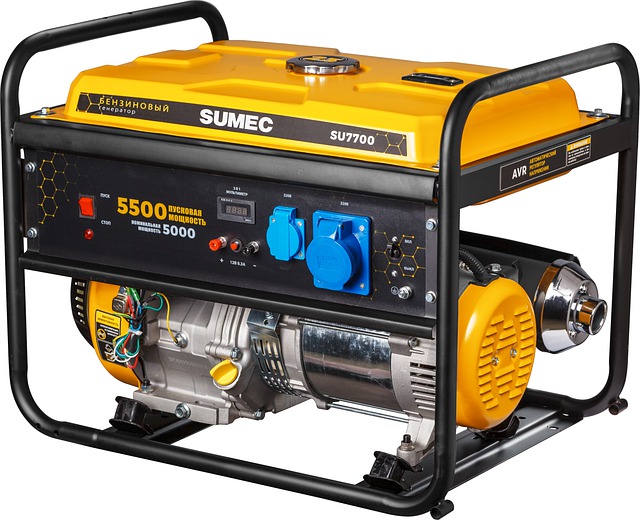 |
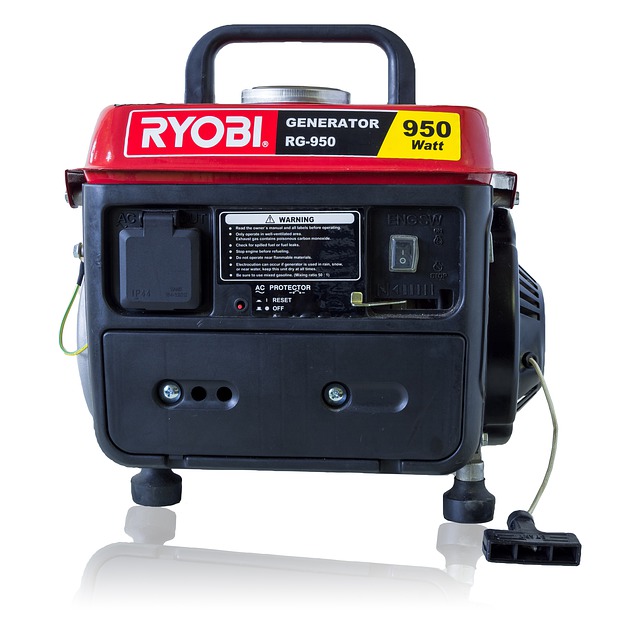 |
 |
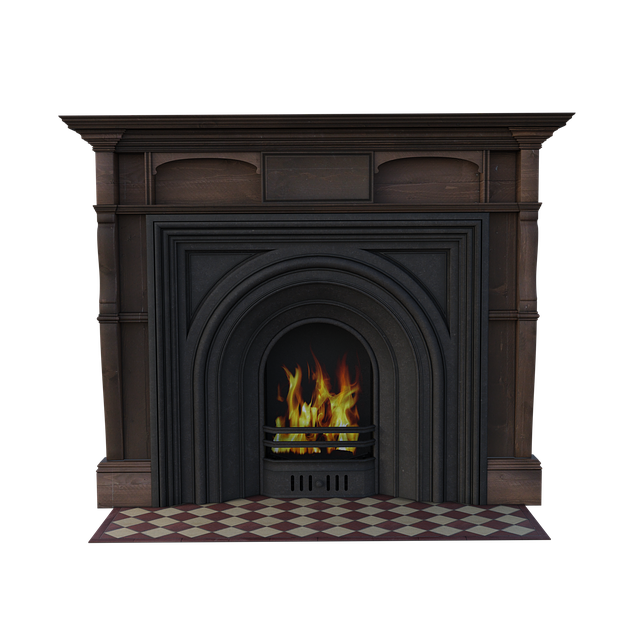 |
|---|---|---|---|---|---|---|
Wilderness land is cheap. Prime farmland is 10,000 $/hectare and wilderness land is less. We henceforth assume a wilderness land price of 10,000 $/hectare. A hectare is 2 football fields.
An example of a $100,000 fortress includes:
Power Energy Cost
kWatt MJoule $
Car 318 472 40000 Ford F-150 Lightning EV
RV - - 20000
Land - - 10000
Solar cells 2 - 10000 10x10 meters
Generator, gasoline 100 - 10000 Converts gasoline to heat to electricity
Generator, Stirling 10 - 1000 Converts biomass to heat to electricity
Battery, lead-acid 60 45 1000
Battery, lithium-ion 7 10 1000
Gasoline stockpile - 47000 1000 1 $/kg
Firewood stockpile - 170000 1000 .12 $/kg
Wood stove 1000 - 1000
 |
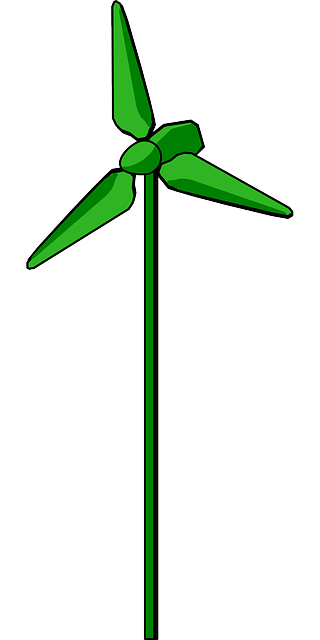 |
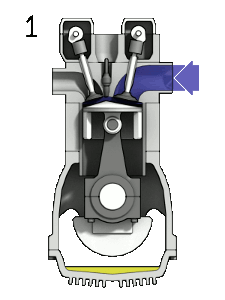 |
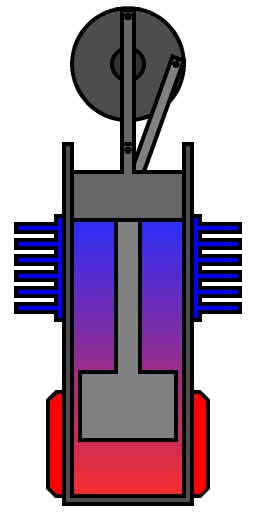 |
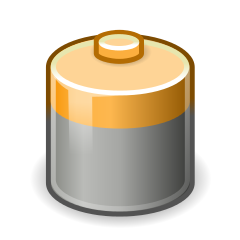 |
|---|---|---|---|---|
A gasoline generator can produce enough power to charge an EV fast. A Stirling generator can convert firewood to electricity.
Solar cells are the best way to produce electricity without fuel. Solar cells cost vastly more than land, so solar cells take only a small fraction of the land.
The car provides a big battery, and you also want a battery at the fortress.
Sources of electrical power:
Power/$ Power/Mass Energy/$
Watt/$ Watt/kg MJoule/$
Car, Ford F-150 EV 8 115 .01
Battery, lithium-ion 7 400 .01 100 $/MJoule
Battery, lead-acid 58 180 .045 100 $/MJoule
Generator, gasoline 10 100 - Converts gasoline to heat to electricity
Generator, Stirling 10 30 - Converts biomass to heat to electricity
Solar cell .2 20 - 10x10 meters
Wind turbine 1 10 -
Water turbine 1 30 -
Generator, hand crank .4 40 -
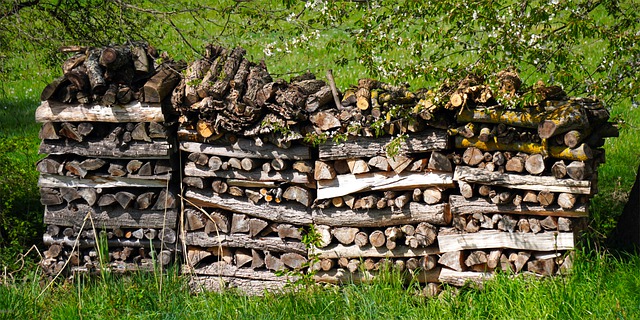 |
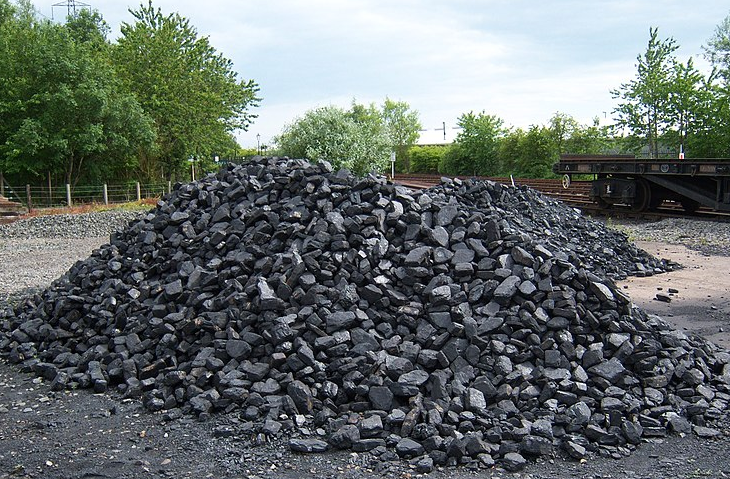 |
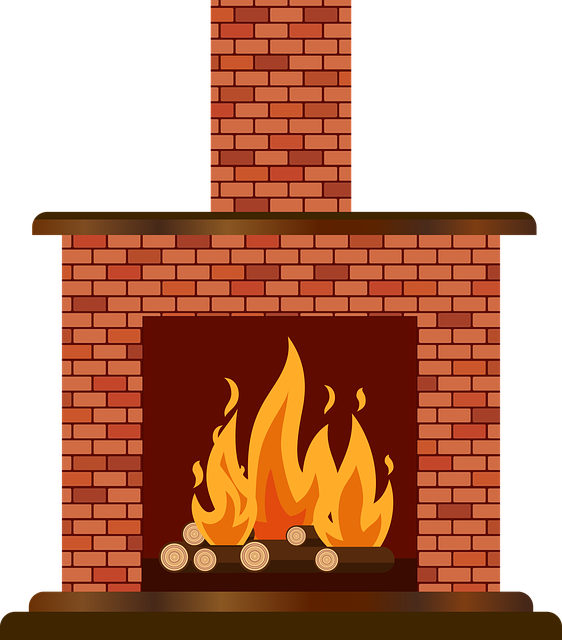 |
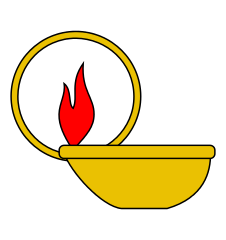 |
|---|---|---|---|
The cheapest forms of off-grid heat are firewood and coal.
Energy/Mass Energy/$ Mass/$
MJoule/kg MJoule/$ kg/$
Natural gas 55 253 4.6
Firewood 18 144 8
Coal 22 128 5.8
Heating oil 42 50 1.2
Gasoline 47 47 1.0
Propane 50 35 .70
Ethanol 29 31 1.08
Wax candle 45 11.2 .25
Butane 50 5.5 .11
Coal, hookah low-smoke 32 3.8 .12
Gel fuel 22 2.2 .10 Methanol, ethanol, diethylene glycol
Solid fuel 30 .9 .031 Hexamine, trioxane
Heat pack, iron powder 10 .9 .09
Battery, lead-acid .14 .045 .32
Battery, lithium-ion .6 .01 .017
Nuclear reactor 500000 12500 .025
Radioactivity heater 2000000 20 .00001 Plutonium-241, Plutonium-238, or Strontium-90
Trees produce 1 kg of wood per year per meter2, which corresponds to .6 Watts/meter2.
Producing 1 kWatt of heat from firewood requires a forest with 1700 meter2, which is .4 acres.
Wood energy/mass = E = 20 MJoule/kg Wood growth rate = G = 1 kg/meter2/year Wood growth power = P = .6 Watt/meter2
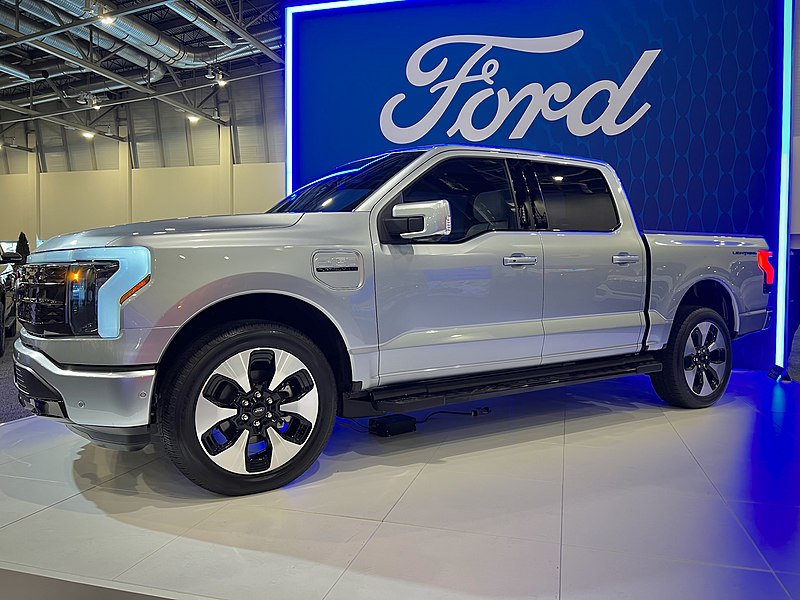 |
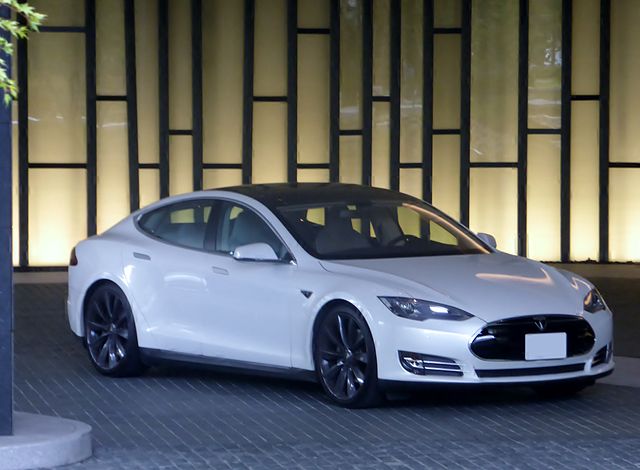 |
|---|---|
You want a mighty electric vehicle, for reasons like:
(*) It has a big battery
(*) It can produce mechanical power. It can tow an RV.
(*) EVs are more reliable than gasoline cars. Remember that you're in the wilderness
(*) Range isn't a problem with EVs. An EV can have a detachable gasoline generator.
You want a starship, and a mighty EV is like a starship. If money is no object, the most powerful EVs are:
Power Battery 100kph Cost
energy
kWatt MJoule second $
GM Hummer EV 746 720 3.0 113000
Tesla Model S 615 360 2.3 95000
Tesla Cybertruck Tri 600 720 3.0 91000
Porsche TaycanTurboS 560 301 2.8 250000
Chevy Silverado EV+ 495 720 4.0 100000
Audi e-tron GT RS 475 336 3.3 186000
Ford F-150 Lightning+ 420 472 4.5 100000
Ford F-150 Lightning 318 472 5.0 40000
The Ford F-150 Lightning is a fine low-cost option.
 |
 |
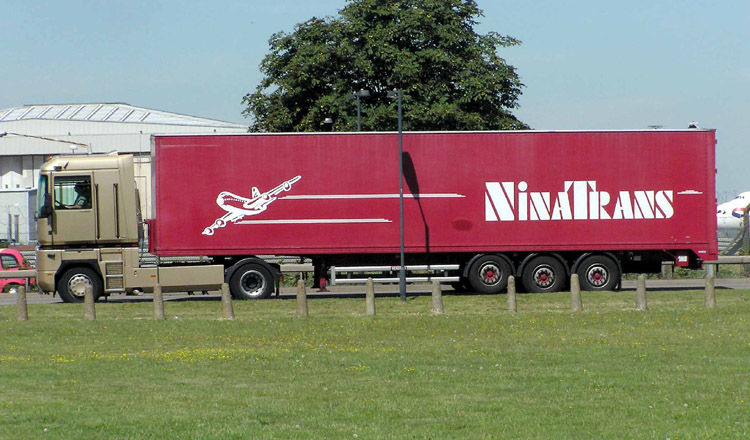 |
|---|---|---|
RVs can be made from shipping containers, which are cheap. A 40' shipping container costs $2000. A 40' trailer bed (with wheels) costs $20000.
Windows can be made with transparent acrylic, which costs 200 $/meter2.
For small vehicles, gasoline outperforms electric for power/mass and power/$.
A 50 cc gasoline motor gives 1500 Watts of mechanical power.
Power/Mass Power/$
Watt/kg Watt/$
Gasoline motor 240 18
Electric motor 300 9
Battery 400 10
Generator 120 10
Heating wiith electric heat pads is 10 times more effective than heating with an electric air heater. With 100 Watts of heat pads, you can be comfortable outside in winter. A 50 Watt pad is $15.
Foods with high calories and long shelf life include:
Calories/Cost Calories/Mass Cost/Mass
Cal/$ Cal/kg $/kg
Peanut 1260 5670 4.5
Pasta 1194 3701 3.1
Rice 1150 3330 2.9
Oil, olive 982 8840 9
Oil, peanut 982 8840 9
Kidney bean, dry 636 3500 5.5
Mountain Dew 440 440 1.0
Mackerel, canned 312 1560 5
Chicken, canned 221 1550 7
Tomato paste 182 820 4.5
Salmon, canned 162 1460 9
 |
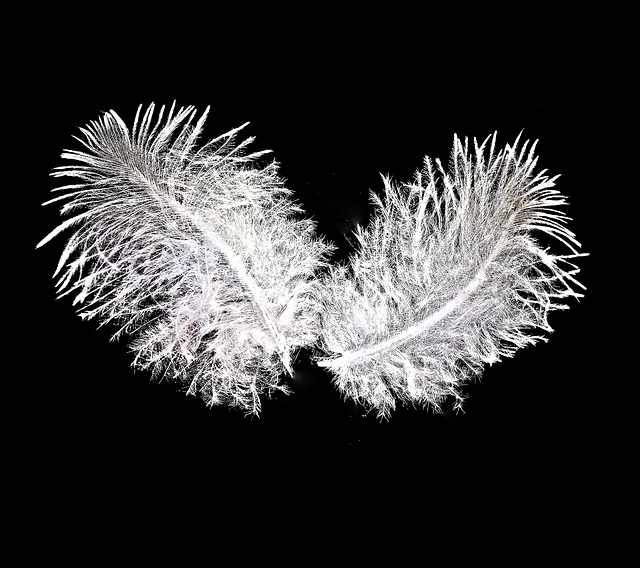 |
|---|---|
The best way to generate value from land is with solar cells. The easiest way to produce food is with a fish pond.
Options for milking value from land include:
Yield Value Production
kg/m2/yr $/kg $/m2/yr
Solar cell electricity - - 36
Biomass to electricity 1 .05 .05 Grass or trees
Fish meat .1 10 1
Goose meat .05 10 .5
Cattle meat .05 10 .5
Cattle milk .6 .5 .3
Wheat .5 1 5
Down feathers .002 100 .2
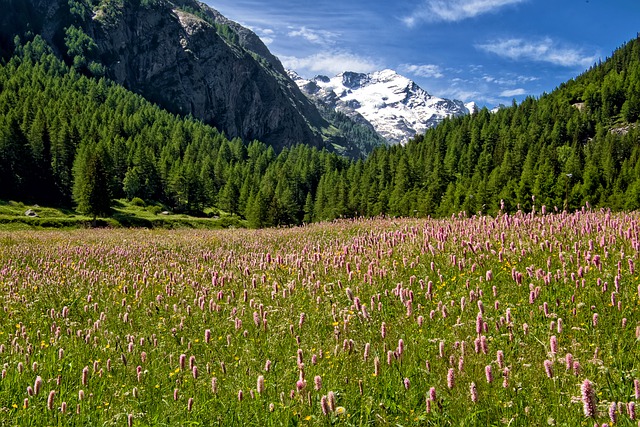 |
|---|
A wall of pines can soundproof and sightproof.
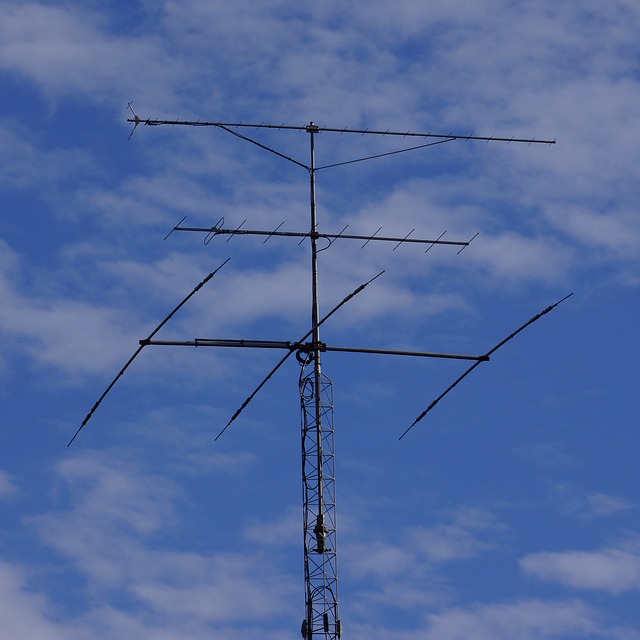 |
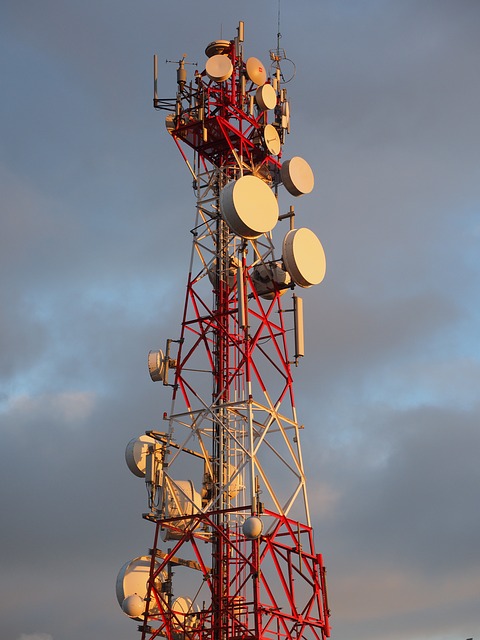 |
 |
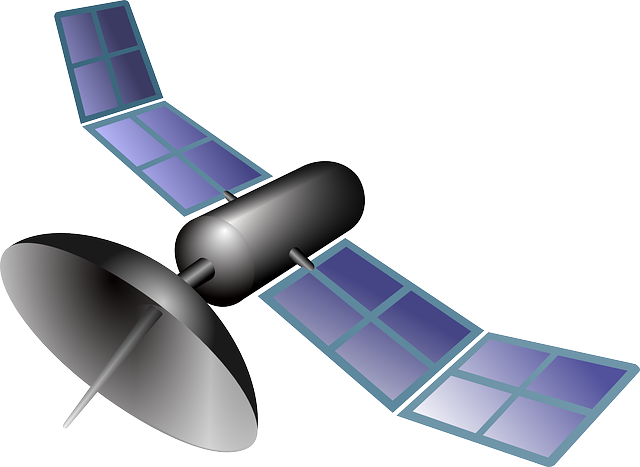 |
|---|---|---|---|
A ham radio can communicate point-to-point.
A community can build a network of repeater antennas to establish an independent communications network.
The Starlink satellite network provides internet access.
 |
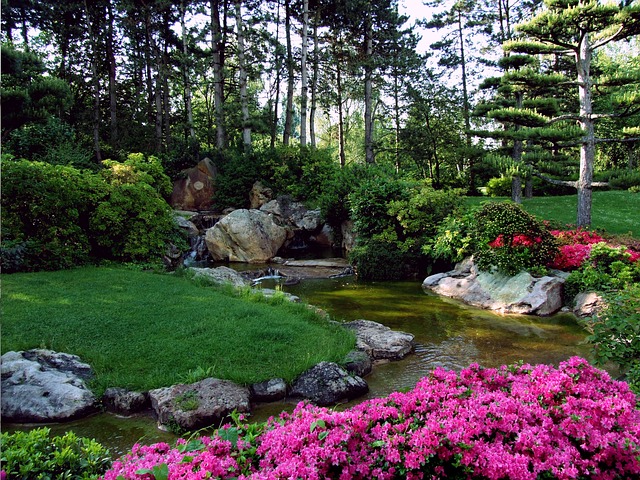 |
 |
 |
|---|---|---|---|
 |
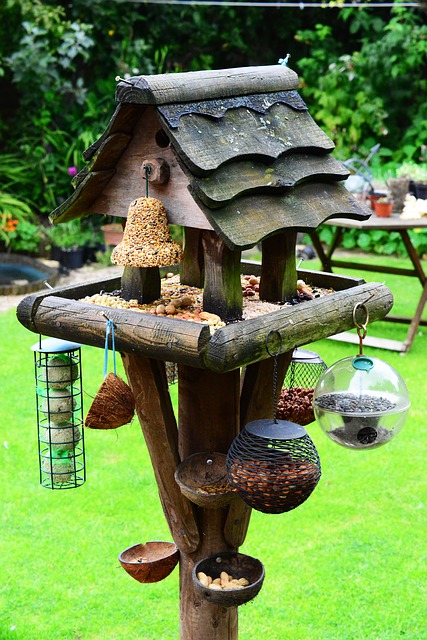 |
 |
|---|---|---|
 |
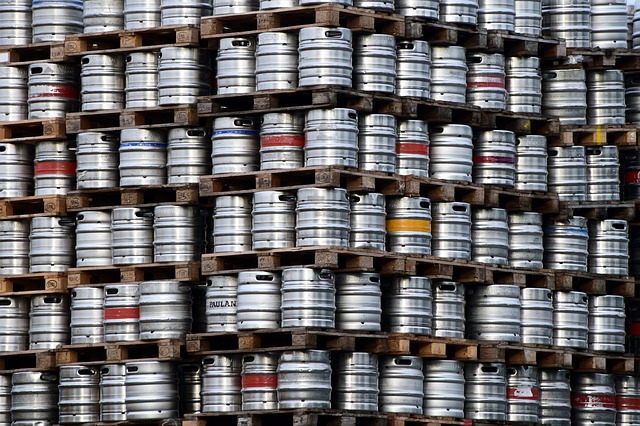 |
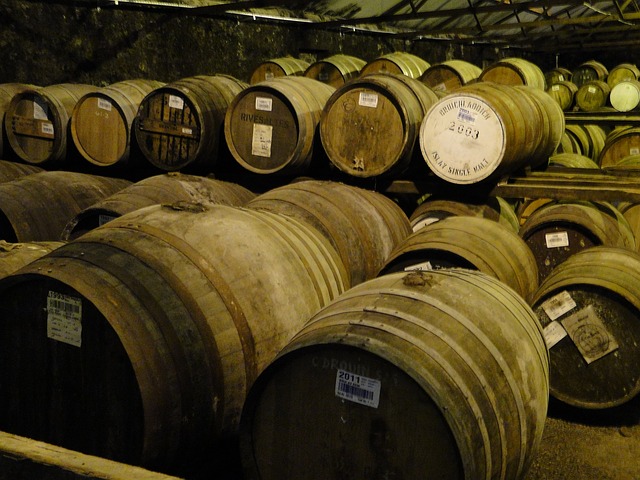 |
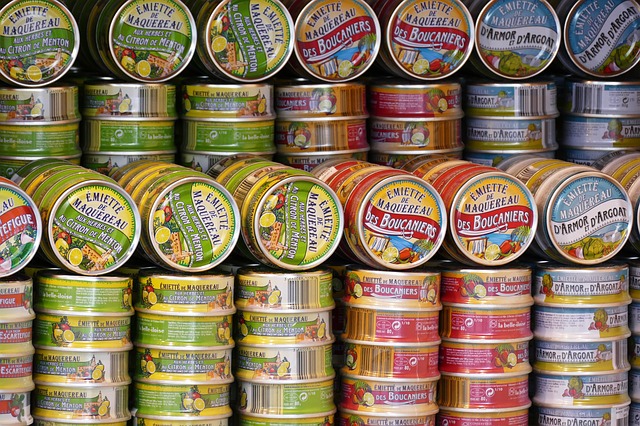 |
|---|---|---|---|
 |
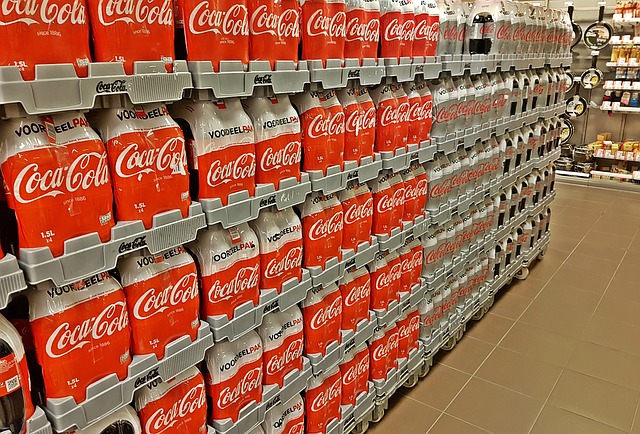 |
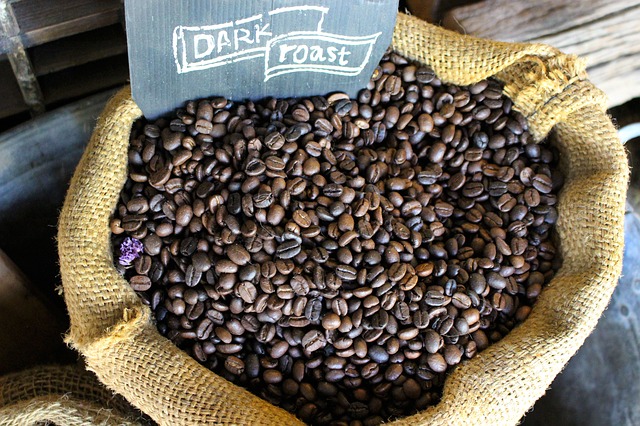 |
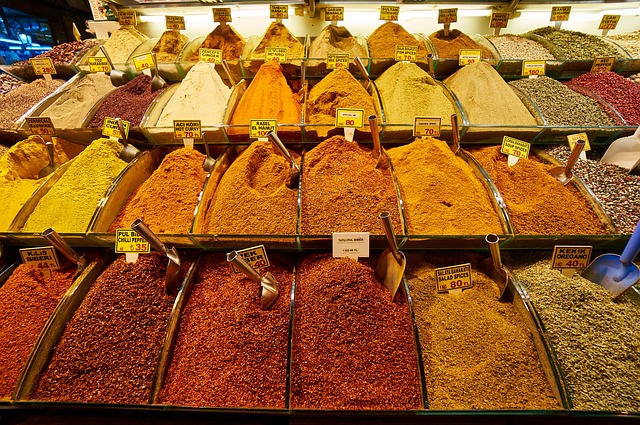 |
|---|---|---|---|
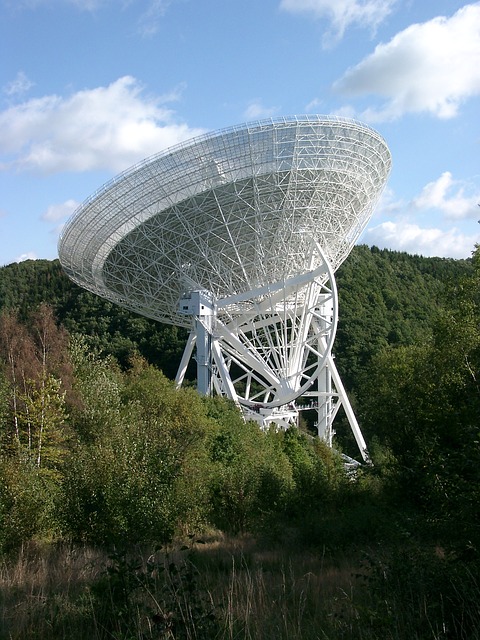 |
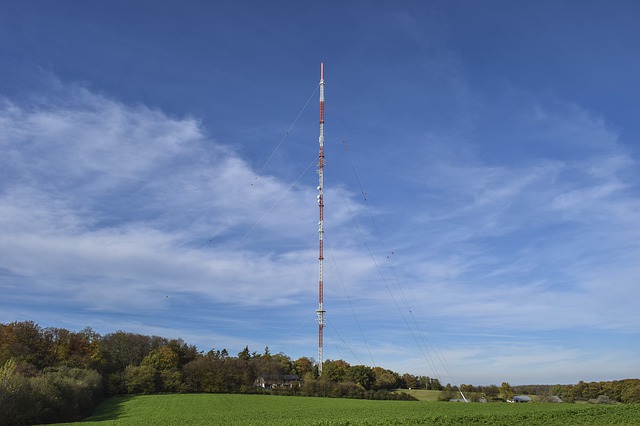 |
 |
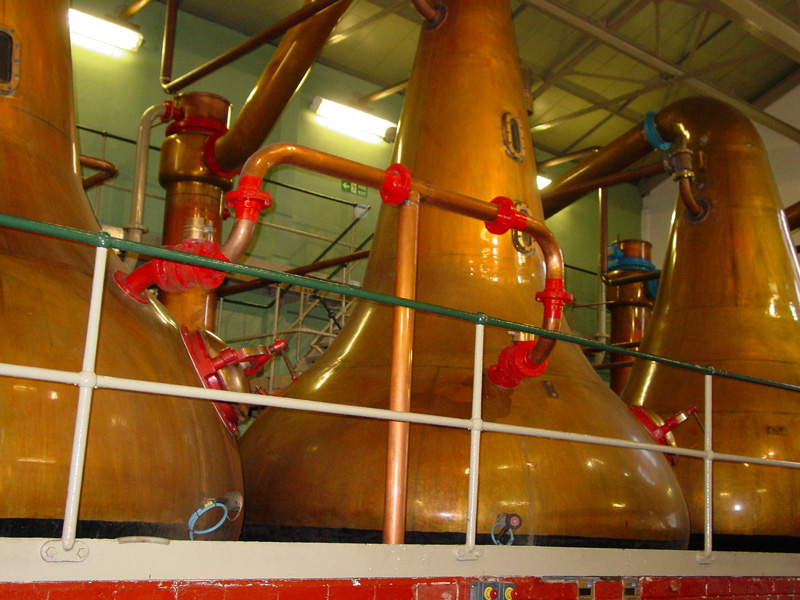 |
|---|---|---|---|
With infinite money, you can have:
Power Energy Cost
kWatt MJoule $
Land 1000000 1 km2
Car, GM Hummer EV 746 720 110000
Car, Ford F-150 EV 318 472 40000
Trike, electric 6 10 2000
Trailer bed, 48' long 30000 Includes wheels and axels
Trailer bed, 12' long 10000 Includes wheels and axels
RV, large - - 50000
RV, small - - 10000
Solar cells 200 - 100000
Generator, gasoline 10000 - 100000 Converts gasoline to heat to electricity
Generator, Stirling 1000 - 10000 Converts biomass to heat to electricity
Battery, lithium-ion 700 1000 100000 100 $/MJoule
Battery, lead-acid 6000 4500 100000 100 $/MJoule
Gasoline stockpile 47000 1000 1 $/kg
Firewood stockpile 170000 1000 .12 $/kg
Wood stove 1000 1000
Bulldozer blade 2000 Attaches to the Hummer
Water pump 1000
Fertilizer 10000
Gamestation 20000
Geostationary satellite 20000000
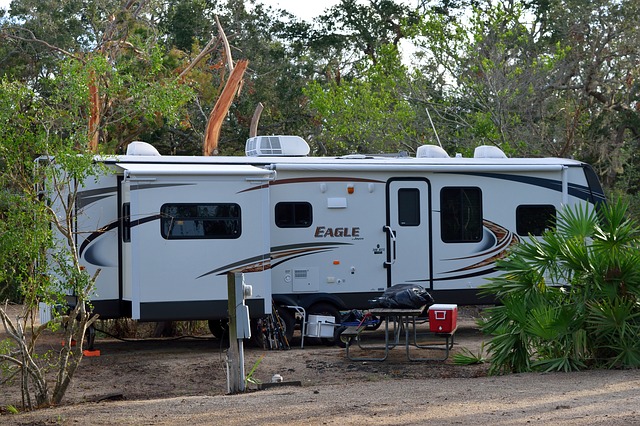 |
 |
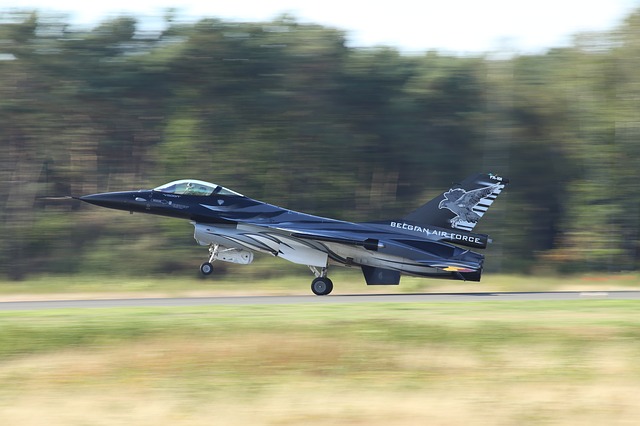 |
 |
|---|---|---|---|
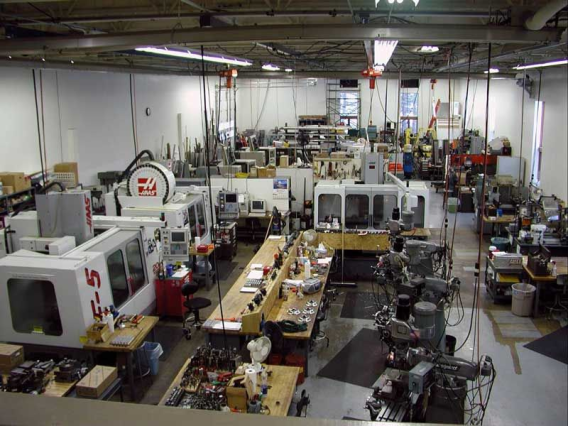 |
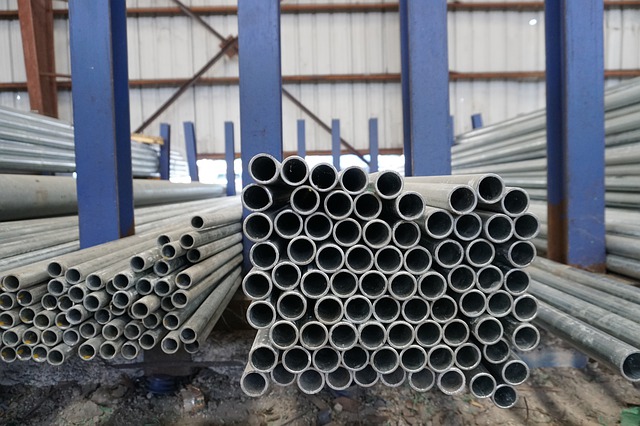 |
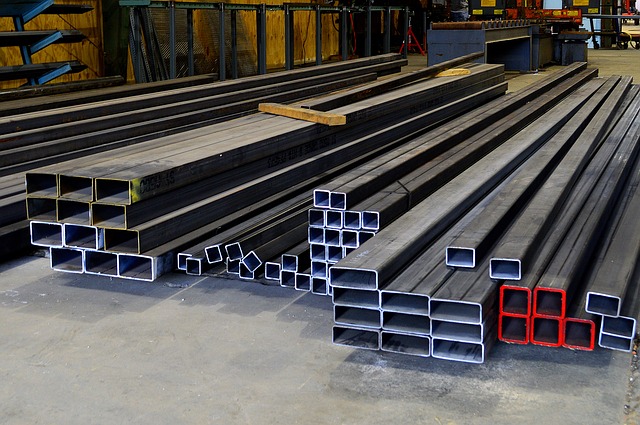 |
|---|---|---|
The table gives a cheap and simple recipe for fertilizer.
Relative mass
Nitrogen Urea 4 CO(NH2)2
Potassium Potassium chloride 4 KCl
Phosphorus Monoammonium phosphate 1 KH2PO4
Calcium Calcium chloride 1 CaCl2
Magnesium Magnesium chloride 1 MgCl2
Sulfur Ammonium sulfate 1 (NH4)2SO4
Livestock farming is easier than crop farming.
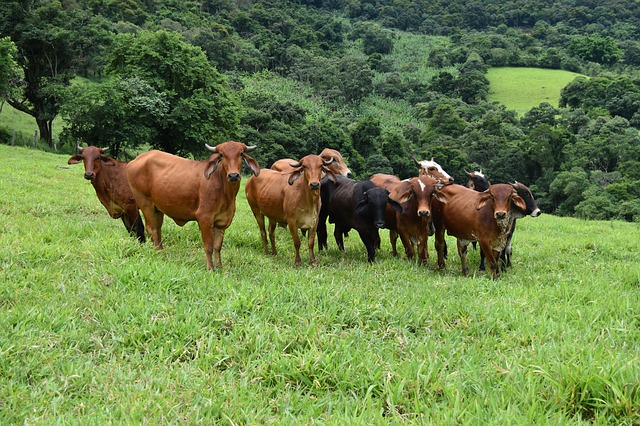 |
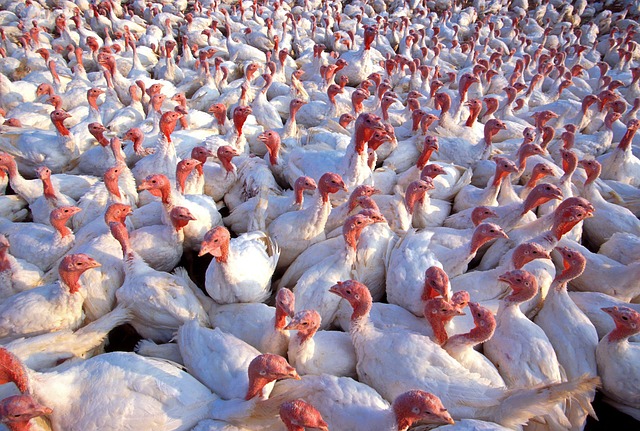 |
|---|---|
 |
 |
 |
 |
 |
|---|---|---|---|---|
A small pond can make enough ice to support an ice cellar. A cold winter day and 1 meter2 of pond makes ice at the rate of a 30 Watt electric ice machine.
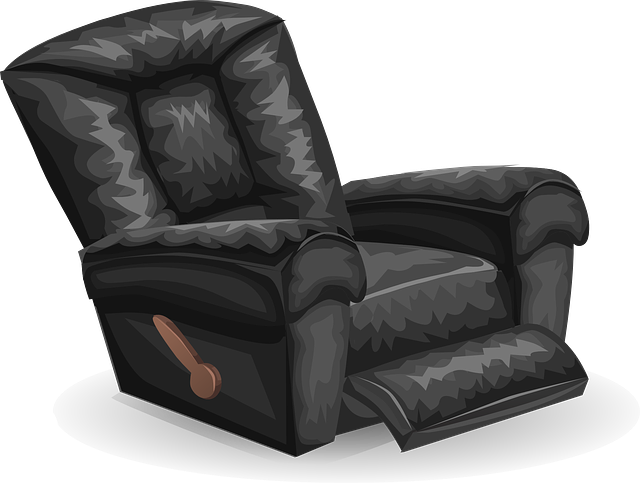 |
 |
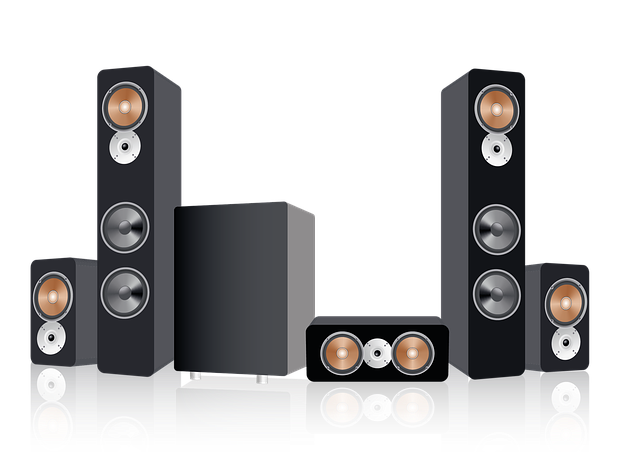 |
 |
 |
 |
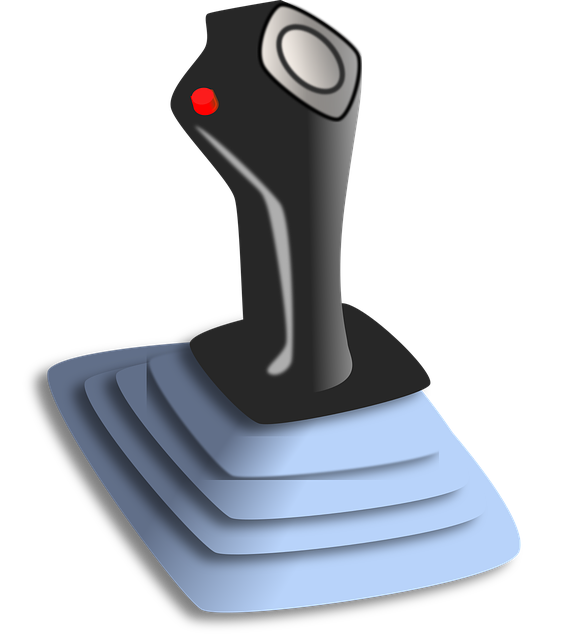 |
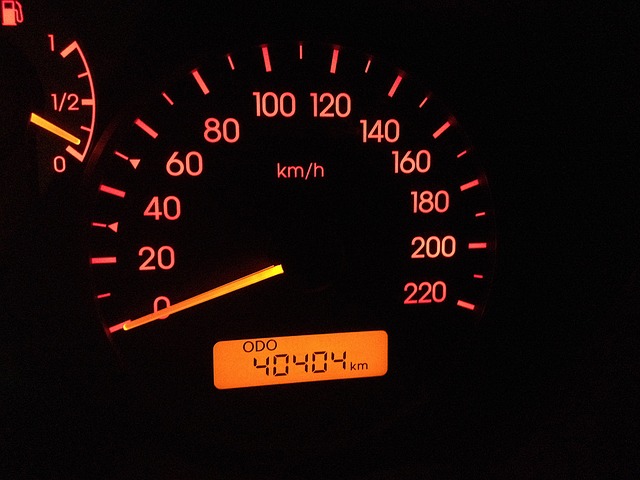 |
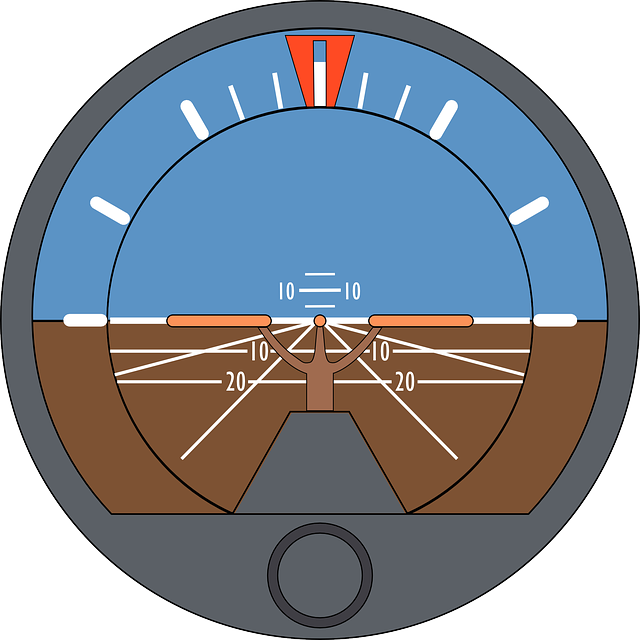 |
 |
 |
||
|---|---|---|---|---|---|---|---|---|---|---|---|---|
If money is no object, the following is an example of a mighty gaming system.
Cost Speed Memory
$ GFlops GByte
CPU, IBM Z10 3000 1920 240 cores, 4 GHz, 1520 GB RAM maximum
GPU, GeForce 3090Ti 1500 33500 10752 cores, 1.56 GHz, 24 GByte RAM
Memory, RAM 7500 1520
Solid state drive 5000 35000
Hard drive 5000 165000
Monitor, 3840x2160, 43" 1800
VR headset 400
VR gloves 300
Aircraft yoke 200
Driver wheel & pedals 300
Subwoofers 2000
3D sound system 2000
Cargo ships have a payload of ~ 1 kg/$. A seastead can be constructed on a cargo ship, or you can build tiles that link together. You also want docks for boats.
A breakwater is necessary for hosting small ships, and for minimizing sway. A luxurious seastead needs a stout breakwater.
The breakwater should be submerged and out of site, to not obstruct ocean view. It should be outside the residential space, so that residences are not subjected to harsh waves.
A breakwater can use fins to damp motion, and it can also have internal damping. Motion dampers can generate electricity.
Old wind turbine blades make good breakwaters. You need a long stiff structure.
To minimize sway, The seastead cross section at sea level should be minimized. Flotation elements should be at least 10 meters deep, to not be influenced by surface waves.
The habitable platform should be high above water, in case of storms.
Flotation elements are connected to the platform by vertical columns that are trussed together. It looks like a bamboo forest with a vast treehouse.
Residences should have wide open view, so the residences should be on the outer rim. The seastead looks like a bike tire, with an outer rim, spokes, and a hub.
There are bridges on the outer rim and on the spokes, so that boats can move around the interior.
The main breakwater is outside the seastead, beyond the outer rim. There can also be interior breakwaters and motion dampers.
A seastead can be constructed from modular tiles. There should be abundant beams and cables connecting them, to reduce sway.
Many people will want yards with ocean view, and that can't be seen into from outside.
A house can have tiers of yards. There can be a yard at sea level and a yard high above sea level.
Attract wild animals to the seastead, such as whales, dolphins, and birds. Also attract fish that can be eaten.
Include an underwater garden.
Have a dock for connecting the seastad to land. If it's long enough, it can serve as an airstrip.
Have a large satellite dish and a connection to Starlink.
The most famous par 3 that exists is the Phoenix open. A stadium surrounds the hole with a capacity of 20,000. People care about golf. The seastead should have a driving range. A tee zone on the seastead and a floating green in the sea.
A floating green can move and have variable distance. It can have an entourage of fairway and bunker tiles that can be swiftly re-arranged. The green can have actuators that can make the green topology anything you want. The green can adjust like the mirror in a telescope with adaptive optics.
My fiction novel involves a fleet of land yachts that tours golf courses.
A structure can be under either static or dynamic load.
Static load includes things like bridges and towers, and what counts is strength.
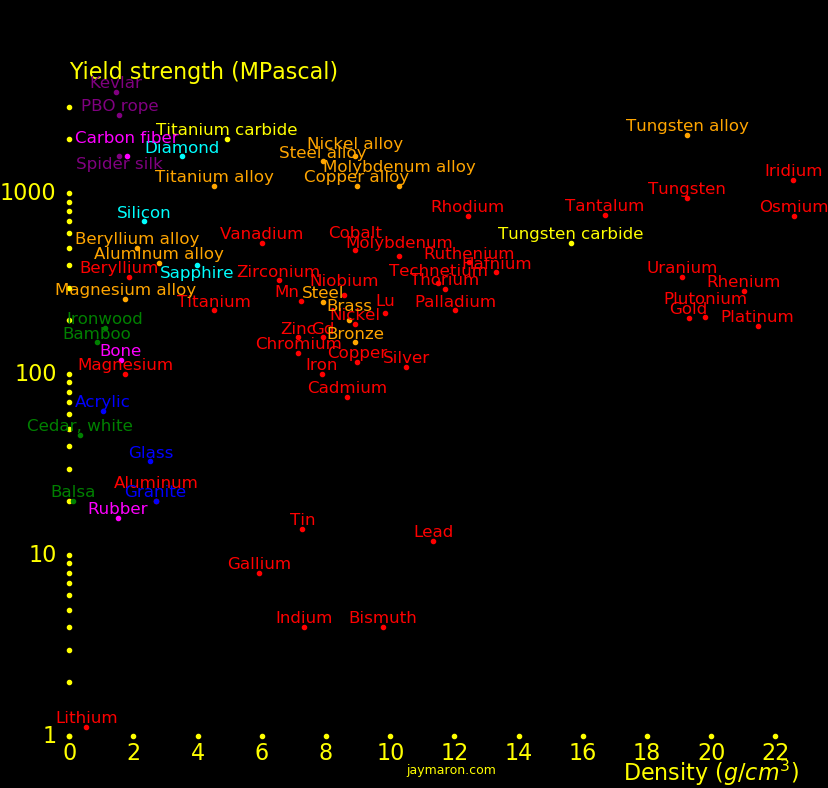 |
|---|
Dynamic load includes things like racquets, swords, and ships, and what counts is how much elastic energy the material can take.
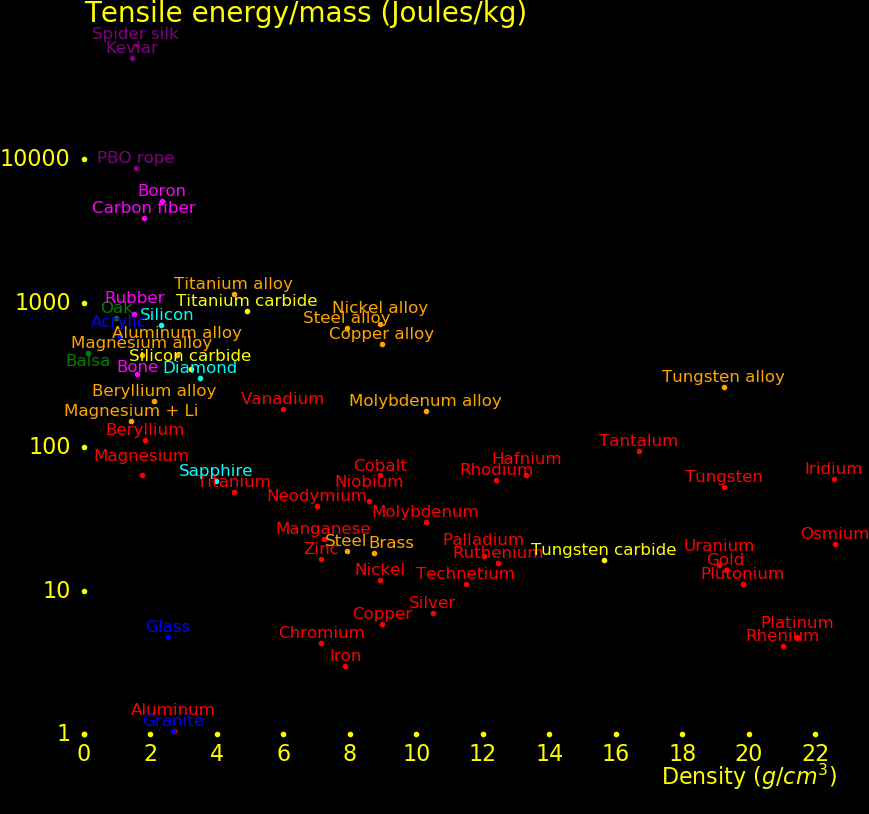 |
|---|
Price of materials:
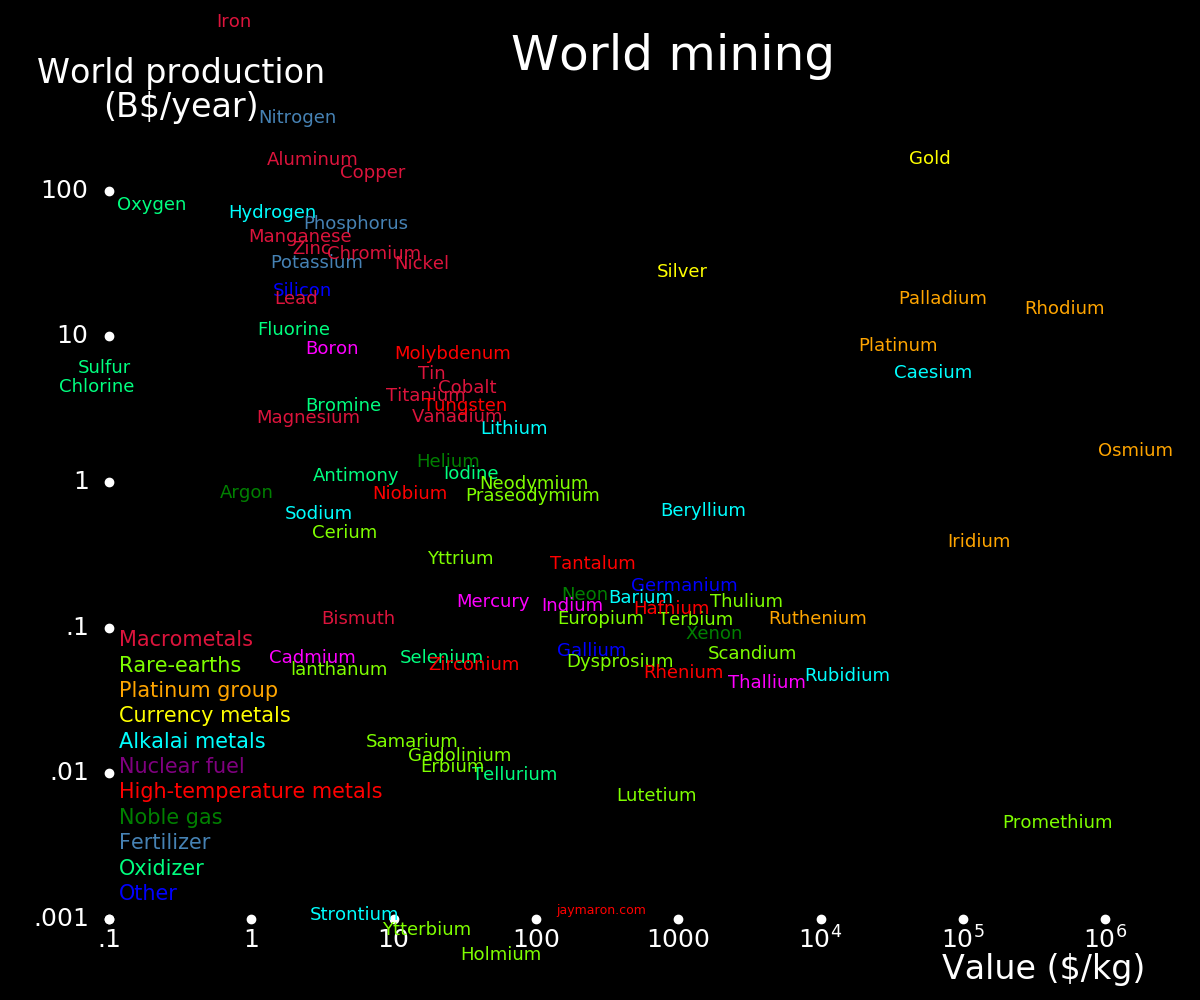 |
|---|
The elements most easily estracted from seawater are potassium and lithium. Magnesium is somewhat harder, and uranium is much harder.
The metals in seawater are:
Concentration Value Atom mass Profitability
ppt $/kg amu (Potassium=1)
Sodium 10.8 3 23.0 N/A
Rubidium .000125 15500 85.5 3.84
Potassium .380 2.9 39.1 1
Barium .0003 550 137.3 .53
Magnesium .129 2.5 24.3 .18
Strontium .013 5.3 87.6 .14
Caesium .0000003 61800 132.9 .057
Lithium .000183 70 6.94 .0021
Uranium .000003 101 238.0 .0017
Beryllium .0000004 150 9.01 .00013
If elements are extracted by electrolysis, then the relative profitabity is:
Concentration = C Parts per thousand Element value = V $/kg Element atomic mass = M Atomic mass units Profitability = P = CVM
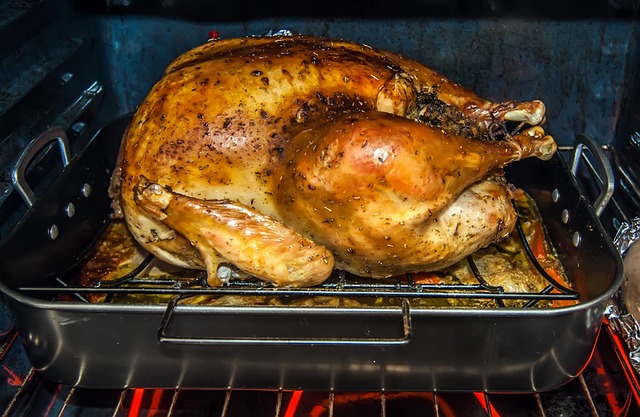 |
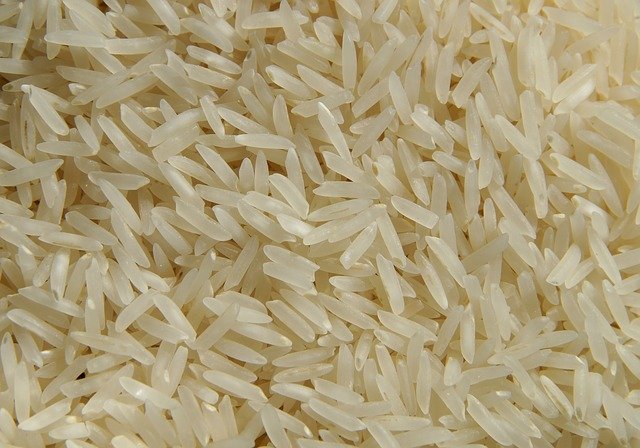 |
|---|---|
You can feed a person for $4 a day with chicken, rice, and dairy products. These are among the cheapest proteins, carbs, and fats.
Carbs are cheap but they need sauce. The expensive part of sauce is the fat source, and cheap fat sources include dairy products and nut oil.
An example of a day's food is:
Mass Protein Calories Cost Cost per mass
gram gram $ $/kg
Chicken 330 100 900 1.6 5
Rice 300 16 1000 .9 3
Butter 50 0 360 .5 10
Milk 1000 33 422 1.0 4
Total 149 2682 4.0
What counts is "calories per dollar" and "protein per dollar", which are plotted below. Cheap proteins are to0 the right and cheap calories are to the top.
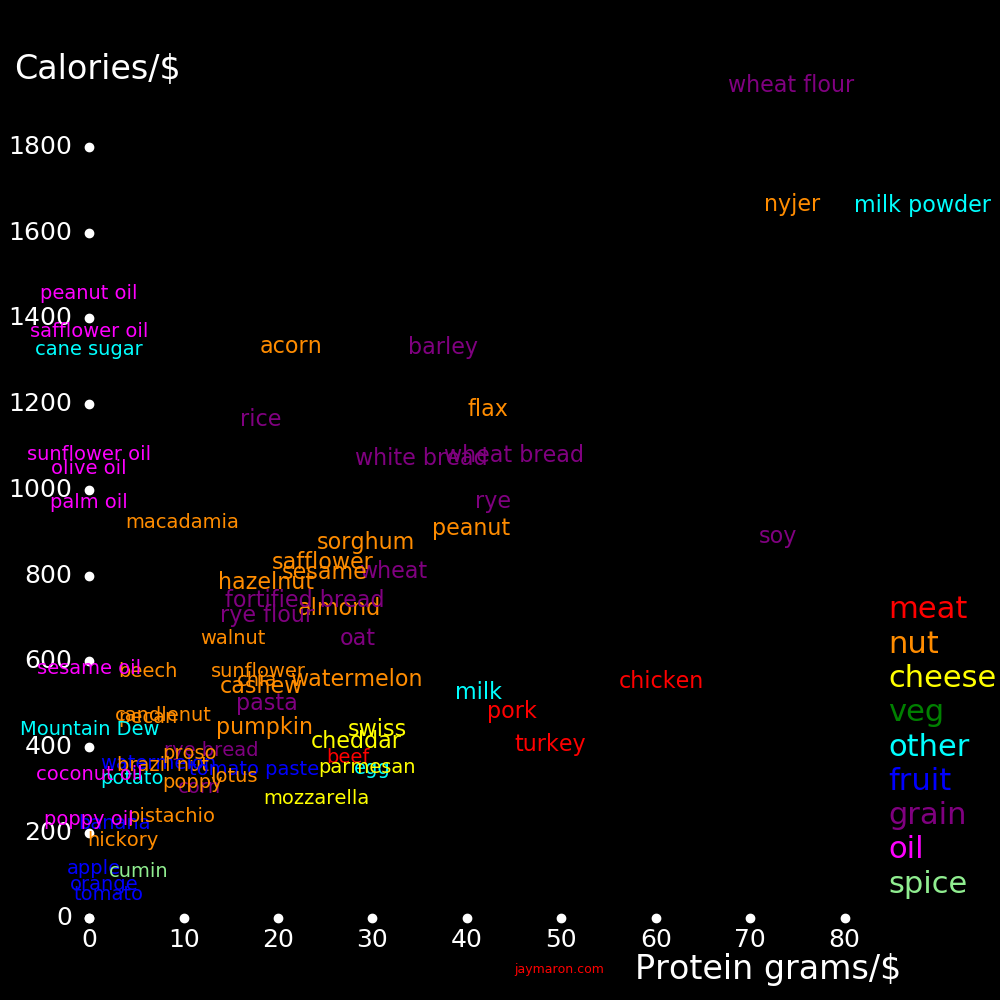 |
|---|
Foods with high calories/$ include peanuts, pasta, rice, bread, and milk.
Calories/Cost Calories/Mass Cost/Mass
Cal/$ Cal/kg $/kg
Wheat flour 1213 3640 3.0
Peanut 1260 5670 4.5
Pasta 1194 3701 3.1
Rice 1150 3330 2.9
Peanut butter 1095 6570 6
Oil, olive 982 8840 9
Oil, peanut 982 8840 9
Wheat flour 910 3640 4.
Wheat bread 890 2670 3.0
Milk 750 600 .8
Butter 717 7170 10
Chicken drum 713 2140 3
Oats 650 3890 6.0
Mountain Dew 440 440 1.0
Cheese 403 4030 10
Chicken breast 390 1950 5
Beans, refried 362 1450 4
Mackerel 312 1560 5
Tomato paste 182 820 4.5
Foods with high protein/$ inlude chicken, milk, and peanuts.
Protein/Cost Protein/Mass Cost/Mass Protein/Cost
gram/$ gram/kg $/kg
Chicken 61 303 5
Milk, powder 53 263 5.0
Turkey 49 293 6
Mackerel 46 232 5
Pork 45 224 5
Milk, whole 41 33 .8
Peanut 40 267 6.6
Egg 30 120 4
Bread, wheat 30 91 3
Cheddar 28 283 10
Beef 27 247 9
Peanut 57 258 4.5
Foods with high fat/$ include:
Fat Cost Fat
g/$ $/kg g/kg
Oil, olive 111 9 1000
Peanut 109 4.5 492
Peanut butter 88 6 530
Butter 81 10 811
Heavy cream 53 7 370
Milk, whole, powder 53 5.0 267
Oil, sunflower 45 22 1000
Cheese 33 10 331
Milk, whole 32 .8 32
Heavy cream powder 25 30 750
Butter powder 23 33 750
Chicken 15 5.0 77
Guacamole 10 15 143
Vitamins are easy. Almost all vitamins fit in one pill, except for potassium, phosphorus, calcium, and magnesium. These vitamins can be obtained in raw chemical form for cheap. The daily vitamin requirement is:
Requirement Source
gram/day
Potassium 3.5 Potassium phosphate
Phosphorus 1.0 Potassium phosphate
Calcium 1.0 Calcium chloride (Most soluble form of calcium)
Magnesium .35 Magnesium chloride
Iron .27
Zinc .075
Manganese .075
Copper .022
The plot shows the protein and calorie content of food. Foods with high protein and low fat are to the lower right.
 |
|---|
Calcium is abundant in cheese and milk and rare in other foods. The calcium content of food is:
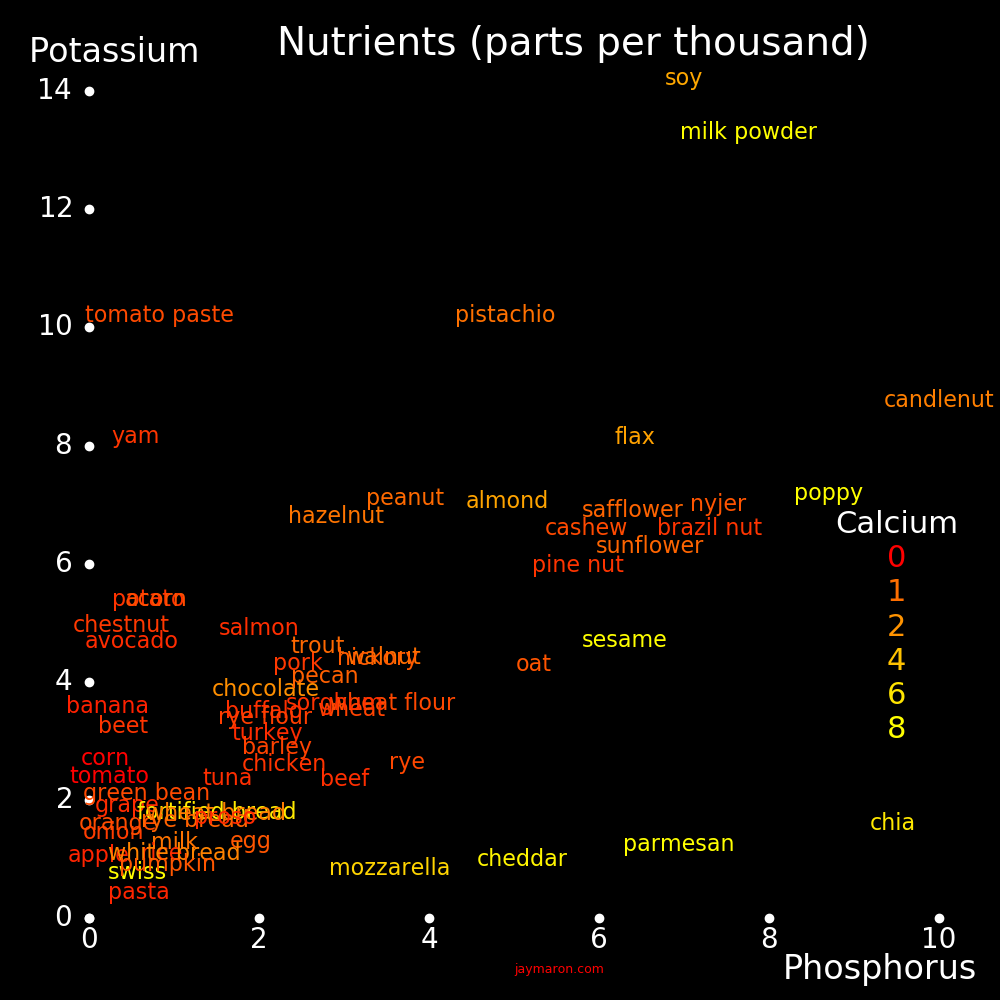 |
|---|
The plot shows the phosphorus and potassium content of food.
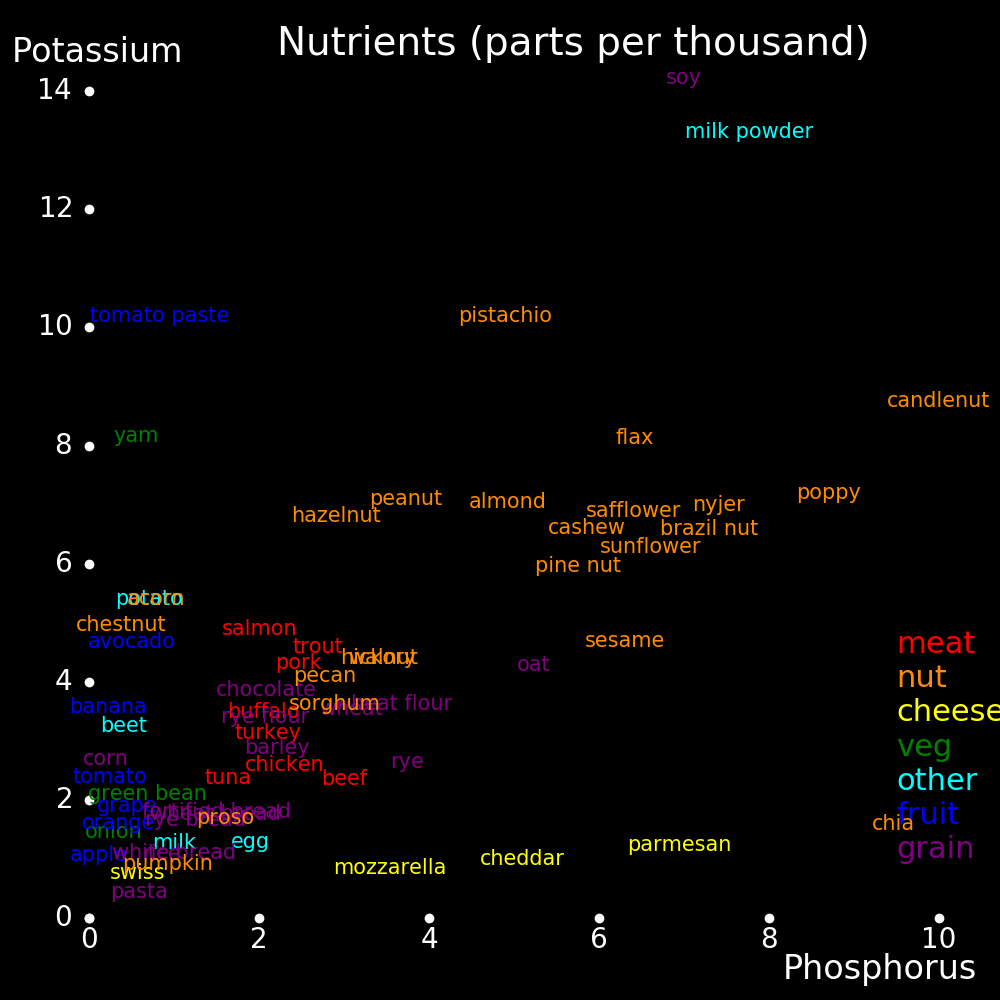 |
|---|
 |
 |
|---|---|
The best insulator is air, which is why fluffy low-density materials like pillows and down coats are good insulators. The properties of a good coat are:
*) Thick. Insulation quality is proportional to thickness.
*) Low density. Insulation quality is inversely proportional to density.
*) Airtight.
*) Full length.
The quality of thermal insulation is given by the thickness divided by the density.
Material thickness = X Material density = C Insulation quality = Q = X/D
The material with the lowest density is bird down.
 |
|---|
If you have a stout coat then most of your heat is lost through your legs. The next step is to use fluffy airtight snowpants.
The head generates heavy power and is easy to keep warm. One has to protect this heat with a hat. When resting,
Power Surface area Heat flux
Watts meters2 Watts/meter2
Head 20 .13 160
Body 100 3 33
 |
|---|
For heat, the options are platinum heaters and battery heaters. A platinum heater is like a butane lighter but with no flame. The butane is reacted flamelessly with a platinum catalyst. In a battery heater, a battery heats a heat pad.
Platinum heaters are powerful, long-lasting, cheap, and you don't need an electrical outlet. A Zippo platinum heater costs $20, produces 13 Watts, and the butane costs 28 cents a day. The specs are:
Power = 13 Watt Butane burn rate = 23 gram/day Butane cost/day = .28 $/day Butane cost/mass = 12 $/kg
A heater can be built with a battery and a resistor (a heat pad).
A lithium-ion D cell has the same energy as a typical external battery. It can power a 10 Watt heat pa for 3 hours.
Battery energy = E = 107 kJoule Heat power = P = 10 Watt Operating time = T = E/P = 10700 seconds = 3 hours
The specs for a lithium ion battery and a heat pad are:
Battery voltage = V = I R = 4 Volts Head pad resistance = R = 2.5 Ohms Electric current = I = 1.6 Amperes Heat power = P = V I = V2/R = 6.4 Watts
You can't use a battery pack, because they're programmed to shut off if connected to a dead-load resistor. You have to use raw batteries and wire them yourself to the heat pad.
A typical heat pad produces 10 Watts if driven by a 5 Volt battery pack. A raw lithium-ion battery has a voltage of 4 Volts, and this is an appropriate voltage. Connecting a heat pad to a 4-Volt battery yields 6 Watts. If you wire the batteries in series for 8 Volts, the yield is 26 Watts, which is too much.
Use big batteries, specifically C or D cells. Then you don't have to wire them together in parallel. A D cell can power a heat pad for 3 hours.
Use thick wires. The minimum wire diameter for a 10 Watt heat pad is .5 mm. Use a diameter of at least 1 mm.
Be wary when buying batteries. Buy only from Panasonic or Sony. Never buy from China. Chinese manufacturers fib about specs.
There are heat pads with a battery included. Avoid them. The battery is feeble.
For lithium-ion batteries, D cell have an energy of 107 kJoules, C cells have 67 kJoules, and A cells have 47 kJoules.
The goal is to equip people with stuff to enable them to function, for cheap. It can be done for less than $2000.
The homeless need a full-length coat, plus accessories like a hat, gloves, and rain pants. They also need electric heaters in the coat and batteries for the heaters.
You need a smartphone and phone service, plus a keyboard. Coat batteries power the electronics.
You need a vehicle. A possibility for a cheap vehicle is a trike with a gasoline or electric motor. The vehicle should have a lockable trunk. If you're in a city, it helps to have a locker. Even better, give the vehicle a cabin that can be heated and that can be slept in.
You need land, and rural land is cheap. If you have access to building material you can build your own house.
You need access to natural resources and machines to harness them. A saw mill can tap a rock quarry and a forest. A Stirling generator converts biomass to electricity. Grass can be harnessed with grazing livestock.
The prime expenses are:
$
Coat 100 Full-length and waterproof. Includes hood and rain pants. Has puffy insulation. Includes lightweight tarp.
Phone 100 Includes keyboard
Power for coat 100 Battery and electric heat pads. Butane heaters and air circulatory system
Vehicle 500 Trike with cabin, trunk, locks, and GPS trackers
Wood stove 100 Device for using wood for a stove, heater, and electricity generator
Rural land 100
House 100 Tent and lightweight furniture
Food 1500/year
Phone service 200/year
Medical ?/year
Many things can be obtained from donations or salvage.
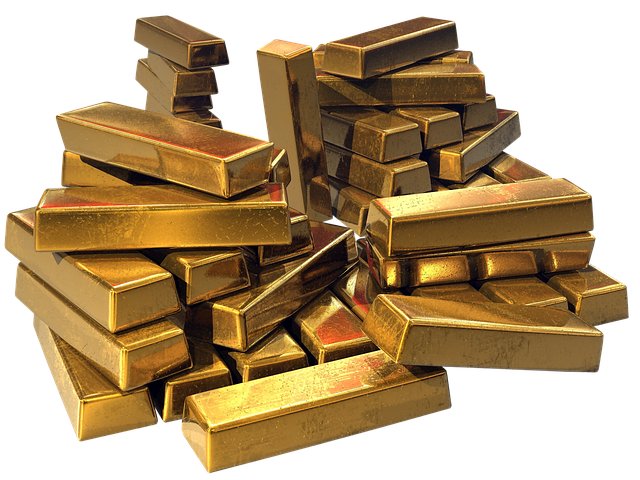 |
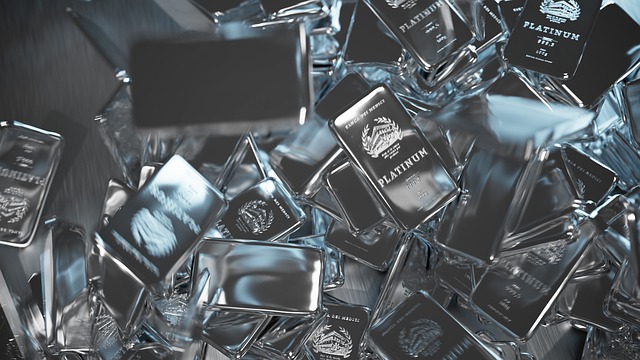 |
|---|---|
Elements can be currency. A good currency has high $/kg and low world production, and these elements are toward the lower right of the plot.
 |
|
|---|---|
A good currency element has big technological value, and these include:
Platinum Catalyst Palladium Catalyst Rhodium Catalyst Cobalt Lithium-ion batteries, steel alloy Lithium Lithium-ion batteries Rare-earths All of the electronics industry, especially solar cells and magnets Germanium Fiber optics Gallium Semiconductors Tin Solder and bronze Rhenium Aircraft turbines. High-temperature materials Tungsten Superhard materials in the form of tungsten carbide Scandium Aluminum alloy Tantalum Capacitors. High-temperature materials
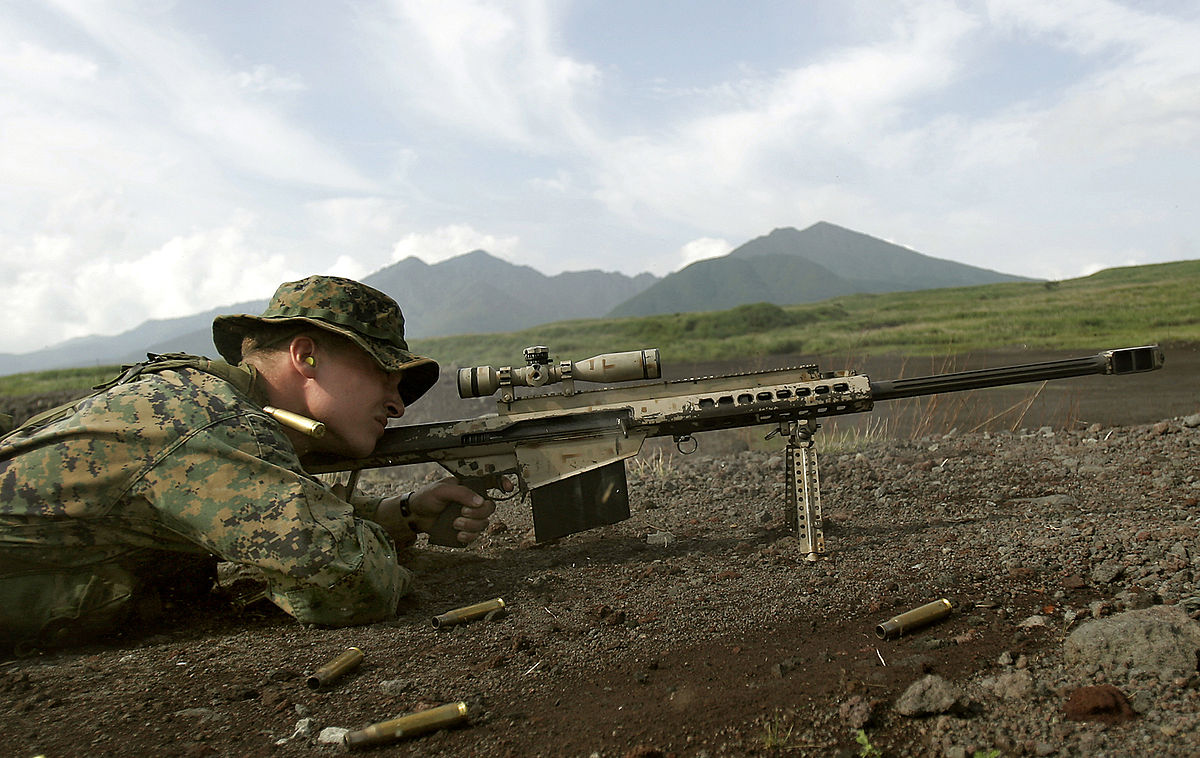 |
|---|
Bullet Bullet Speed Energy Barrel Gun Cartridge
diam mass
mm kg m/s kJoule meters kg
Colt 45 11.4 .0100 262 .34 .127
Magnum 44 11.2 .0156 448 1.57 .165
Smith Wesson 460 11.5 .019 630 3.77 .213 .460 SW Magnum
Magnum DesertEagle 12.7 .019 470 .254 1.996 .50 Action Express
Smith Wesson 50mag 12.7 .029 520 3.92 .267 2.26
MagnumResearch BFR 12.7 .026 550 3.93 .254 2.40 .50 Beowulf
Barrett M82 13.0 .045 908 18.9 .74 14.0 10 round magazine
Hannibal 14.9 .049 750 13.8
CZ-550 15.2 .065 914 27.2 .600 Overkill
Vidhwansak 20 .13 720 33.7 1.0 26 20x81 mm. 3 round magazine
M621 cannon 20 .102 1005 51.5 45.5 20x102 mm
 |
|---|
You can build your own nuclear reactor for generating heat. The materials are commercially available, and the reactor is not weaponizable.
The reactor is a TRIGA design, which is failsafe. It's impossible to melt it down, even if Homer Simpson operates it. If it gets too hot, the physics automatically slows down the fission rate.
TRIGA reactors are based on the molecule UZrD. "U" is for fusion energy, "Zr" is for holding deuterium, and "D" is deuterium, the moderator. Zr also has a low neutron capture cross section.
Generating electricity from a nuclear reactor is hard. Don't try. Instead, use it for heat. A heat reactor consists of a core surrounded by shells:
Core Uranium fuel, in the form of UZrH Shell #1 Moderator, such as graphite Shell #2 Transmutation target consisting of tungsten. Neutrons transmute it to osmium, iridium, platinum, and gold. Shell #3 Neutron shield, such as cadmium Shell #4 Outer shell. Aluminum can be used because it doesn't corrode.
You don't need enriched uranium. If the uranium core is large enough, it will go critical and generate big heat.
The first reactor ever built used natural uranium. It was built by Fermi and Szilard in 1942, underneath the football stadium at the University of Chicago. This reactor wasn't a TRIGA design, so they dared not run it at high power. They ran it at 200 Watts. A TRIGA reactor can't melt down and so it can be run at much higher power. A university research reactor runs at 1 MWatt.
The Fermi-Szilard design tells us how much uranium we need. A modern design can potentially reduce the uranium requirement. For example, deuterium wasn't available in 1942.
Value Mass Cost
$/kg ton M$
Uranium 100 40 4.0
Zirconium 37 15 .6
Deuterium 13400 .34 4.5
Graphite 20 330 6.6
Cadmium 2.7 10 .03
Aluminum 2.7 10 .03
Total 405 16
A nuclear reactor generates neutrons for free, and these can be used to transmute cheap tungsten to expensive platinum. Article on nucler reactors and transmutation.
Energy = E Time = T Power = P = E/T Cost = C Energy/Cost = e = E/C Power/Cost = p = P/C Mass = M Energy/Mass = ε = E/M Power/Mass = ρ = P/M Mass/Cost = m = M/C
 |
|---|
Energy/mass (MJoule/kg)
Fusion bomb 25,000,000 Maximum practical yield of a bomb
Fission, fast neutron 28,000,000 Fast neutrons, unenriched fuel
Fission, slow neutron 500,000 Slow neutrons, unenriched fuel
Nuclear battery, Co-60 4,300,000 Half life 5.3 year
Hydrogen 141.8
Methane 55.5 1 carbon. Natural gas
Ethane 51.9 2 carbons
Propane 50.4 3 carbons
Butane 49.5 4 carbons
Octane 47.8 8 carbons
Kerosene 46 12 carbons
Diesel 46 16 carbons
Oil 46 36 carbons
Fat 37 20 carbons. 9 Calories/gram
Pure carbon 32.8
Coal 32 Similar to pure carbon
Ethanol 29 7 Calories/gram
Wood 22
Sugar 17 4 Calories/gram
Battery, aluminum-air 4.68 Not rechargeable
Battery, Li-S 1.44 Rechargeable
Battery, Li-polymer 1.2 Rechargeable
Battery, Li-ion .8 Rechargeable
Battery, Li-titanate .4 Rechargeable
Battery, Alkaline .4 Rechargeable
Battery, Lead acid .15 Rechargeable
Aluminum capacitor .010
Spring .0003
Plastic explosive 8.0 HMX
Smokeless powder 5.2 Modern gunpowder
TNT 4.7
Black powder 2.6 Medieval gunpowder
ATP .057 Adenosine triphosphate
Power/Mass (Watt/kg)
Gasoline motor 8000
Electric motor 8000
Steam motor 1000
Fuel cell 1000
Electric generator 100 Powered by gasoline
Battery, Li-ion 1000
Battery, Li-titanate 4000
Battery, Lead acid 180
Human 15
Eagle 40
Turbofan 10000
Solid rocket 10000000
Aluminum capacitor 100000
Spring 10000
 |
|---|